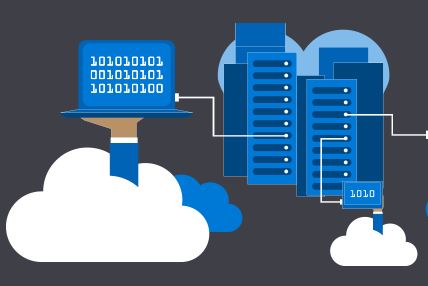Microsoft's .NET Core 2.0: What's new and why it matters

Microsoft's .NET Core 2.0 is done and available for download as of Aug. 14.

Simultaneously, Microsoft is delivering ASP.NET Core 2.0, Entity Framework Core 2.0, and the complete .NET Standard 2.0 specification.
Microsoft's primary goal with .NET Core and .NET Standard was to make more of its application programming interfaces (APIs) consistent across the different versions of .NET.
Microsoft officials said the team has gone from 13,000 APIs in .NET Standard 1.6 to 32,000 in .NET Standard 2.0. Most of the newly added APIs are .NET Framework APIs, which means developers should have an easier time porting their existing .NET Framework code to .NET Standard.
Microsoft forked the .NET Framework to make the .NET Core subset of it more portable across platforms in in 2014. .NET Core became the open-source cross-platform implementation of the .NET development platform that runs on Windows, Linux, and macOS.
.NET Core includes the .NET runtime, a set of framework libraries, a set of software development kit tools and language compilers. .NET Standard is an API spec that describes the .NET interfaces that developers can use across all .NET platforms.
Currently, .NET Standard 2.0 is supported on .NET Framework 4.6.1, .NET Core 2.0, Mono 5.4, Xamarin iOS 10.14, Xamarin.Mac 3.8 and Xamarin.Android 7.5. Support for Windows 10 Universal Windows Platform (UWP) is expected later this year.
.NET Core 2.0 provides performance improvements in the runtime and framework. It adds support for .NET to six new platforms, includign Debian Stretch, SUSE Linux Enterprise Server 12 SP2 and macOS High Sierra. The RyuJIT just-in time compiler (x86 version) is included in .NET Core 2.0, and Linux ARM32 is now supported in preview.
Making sure .NET runs everywhere is Microsoft's centerpiece of its development strategy these days. Making sure developers can get their apps to run on different flavors of Windows 10 is still important to the company, too, but I'd argue less so, as time goes by.
PREVIOUS AND RELATED COVERAGE
Microsoft goes public with more on its future plans for NET
Microsoft is looking to the .NET Core to help bring its programming framework across different Windows flavors, as well as Linux and Mac OS X.
Microsoft's updates ASP.NET roadmap; RTM now slated for June
A quick refresher on branding: ASP.NET is Microsoft's now-cross-platform, server-side Web-development framework. ASP.NET Core 1.0 is the technology formerly known as ASP.NET 5. And .NET Core 1.0 is what Microsoft was calling .NET Core 5 until earlier this year.